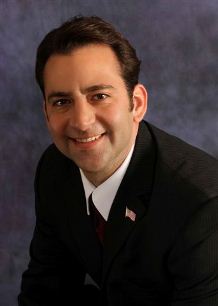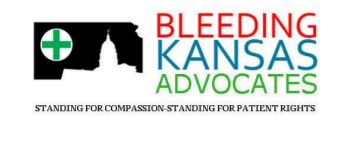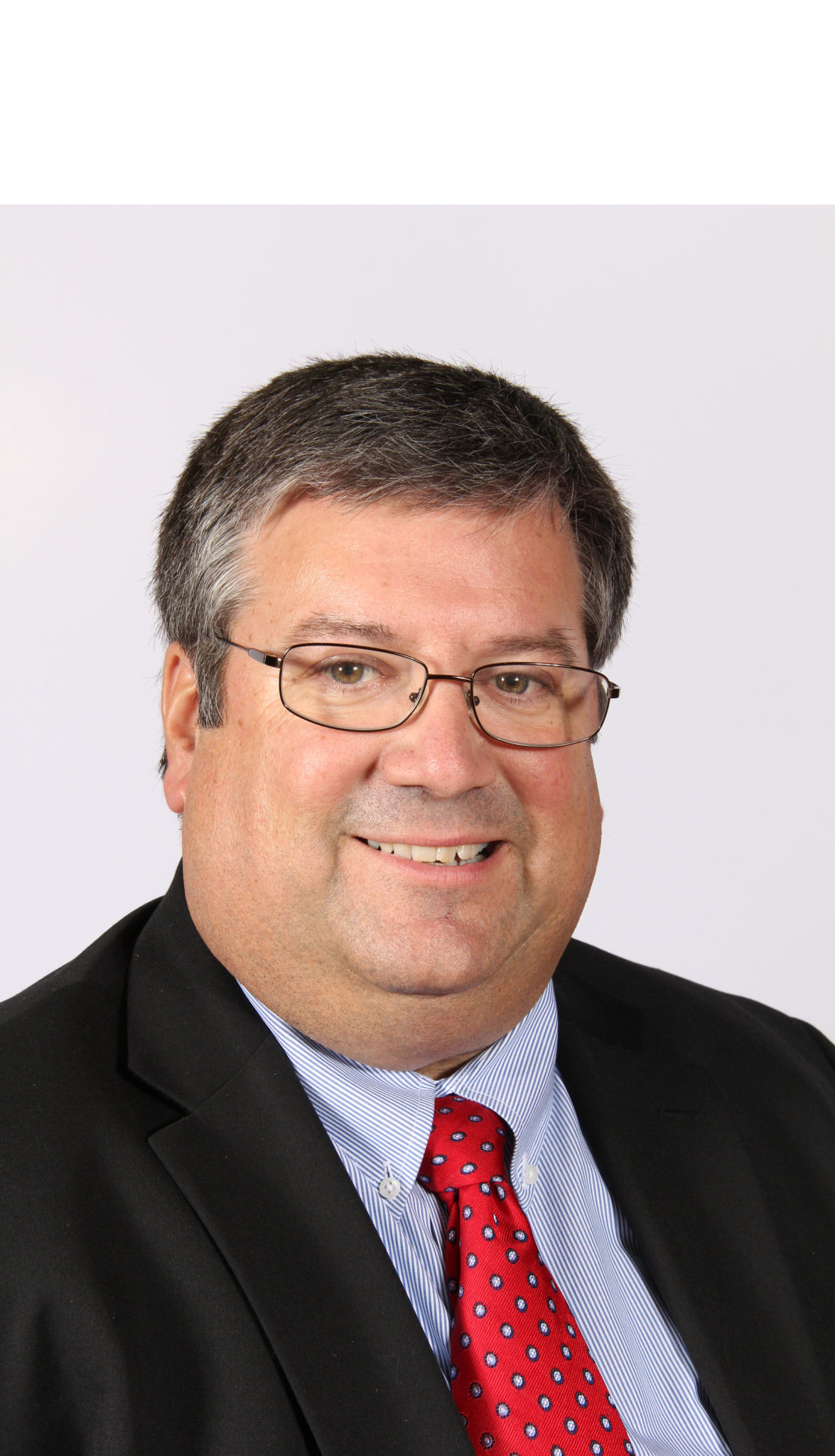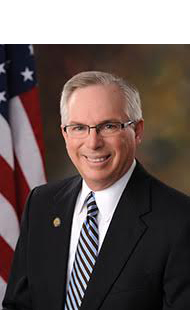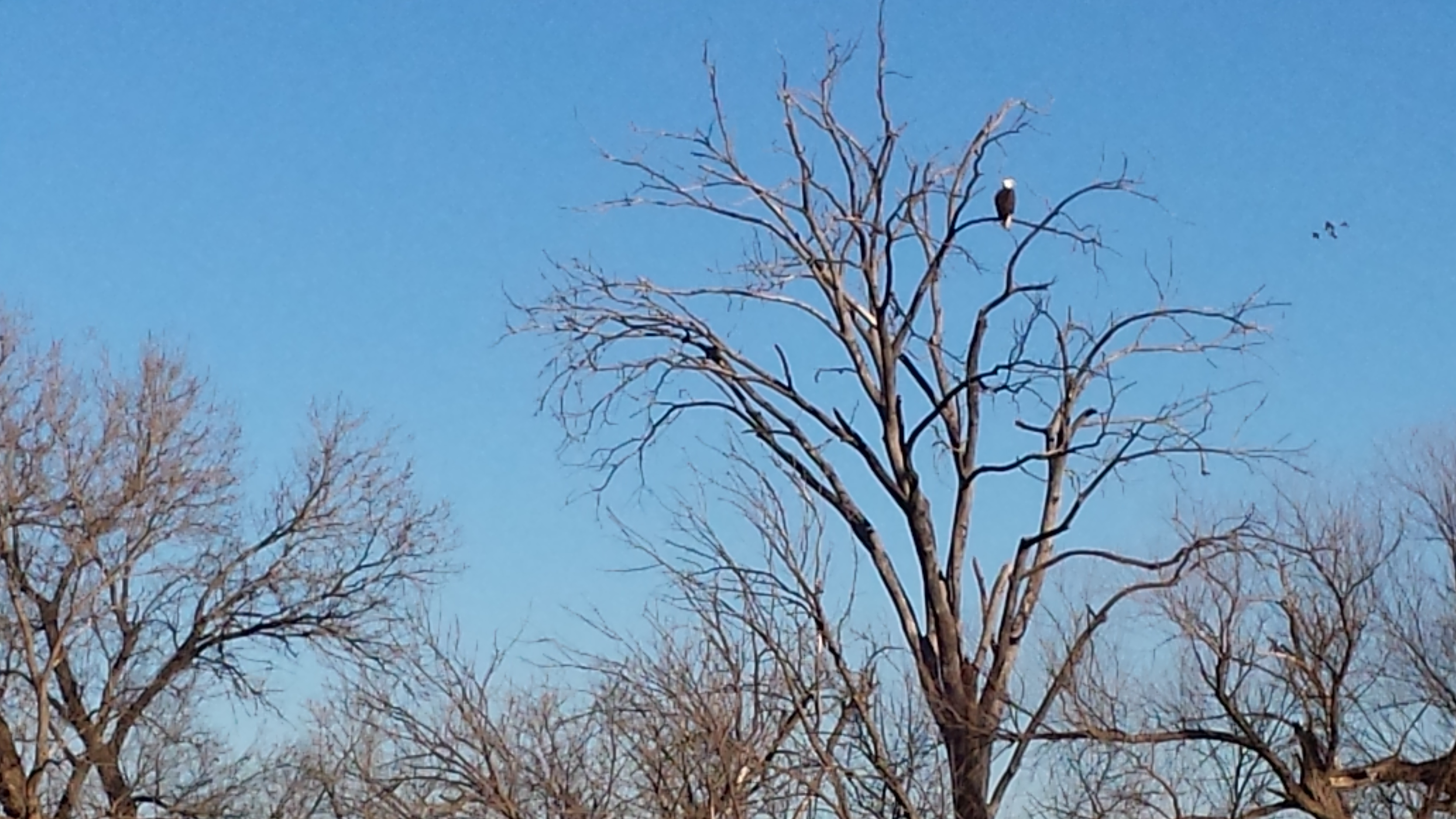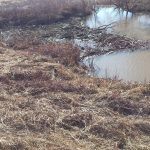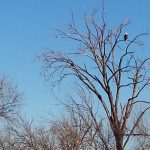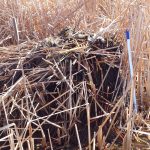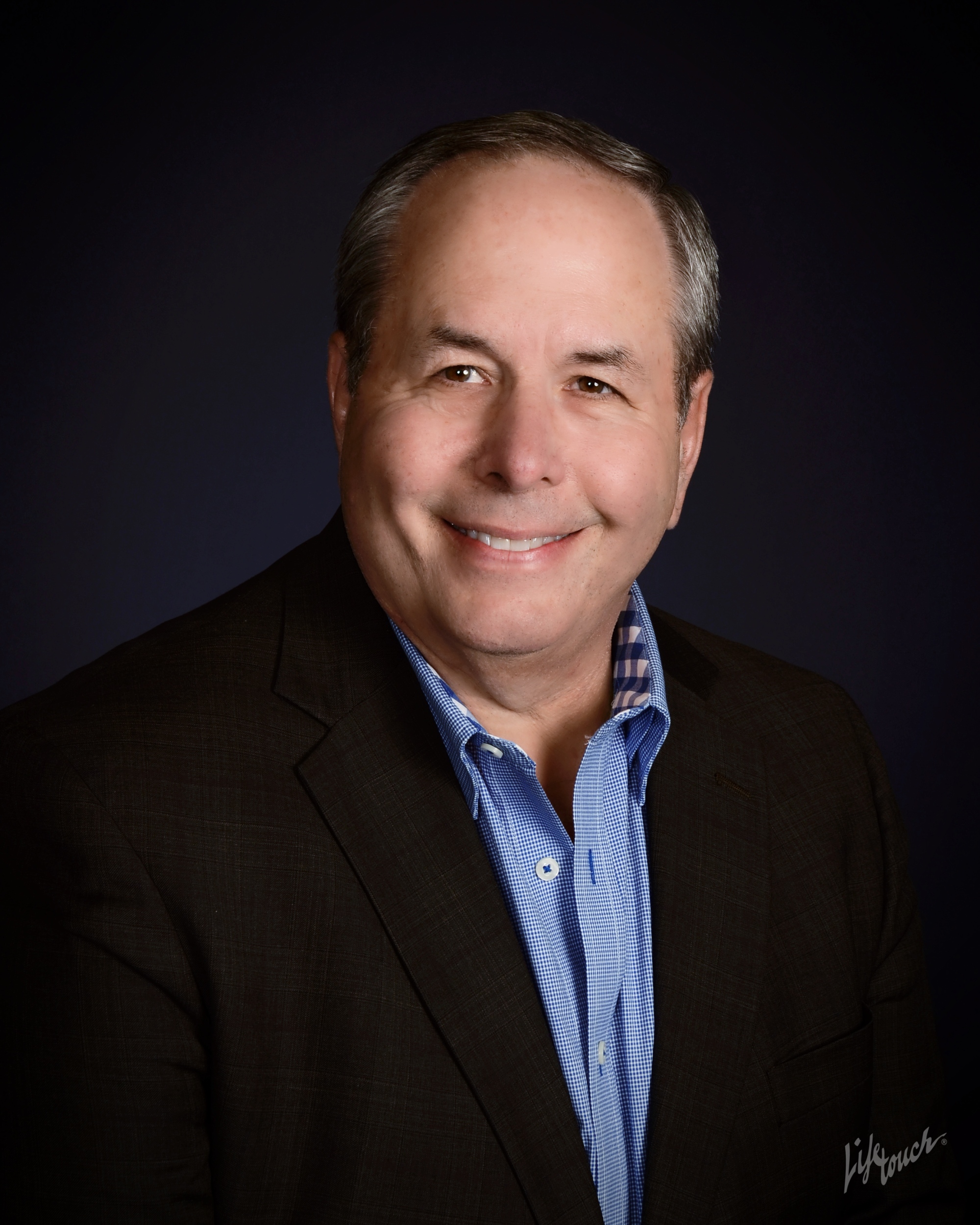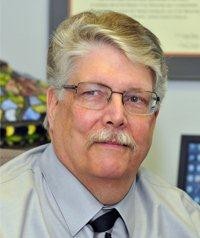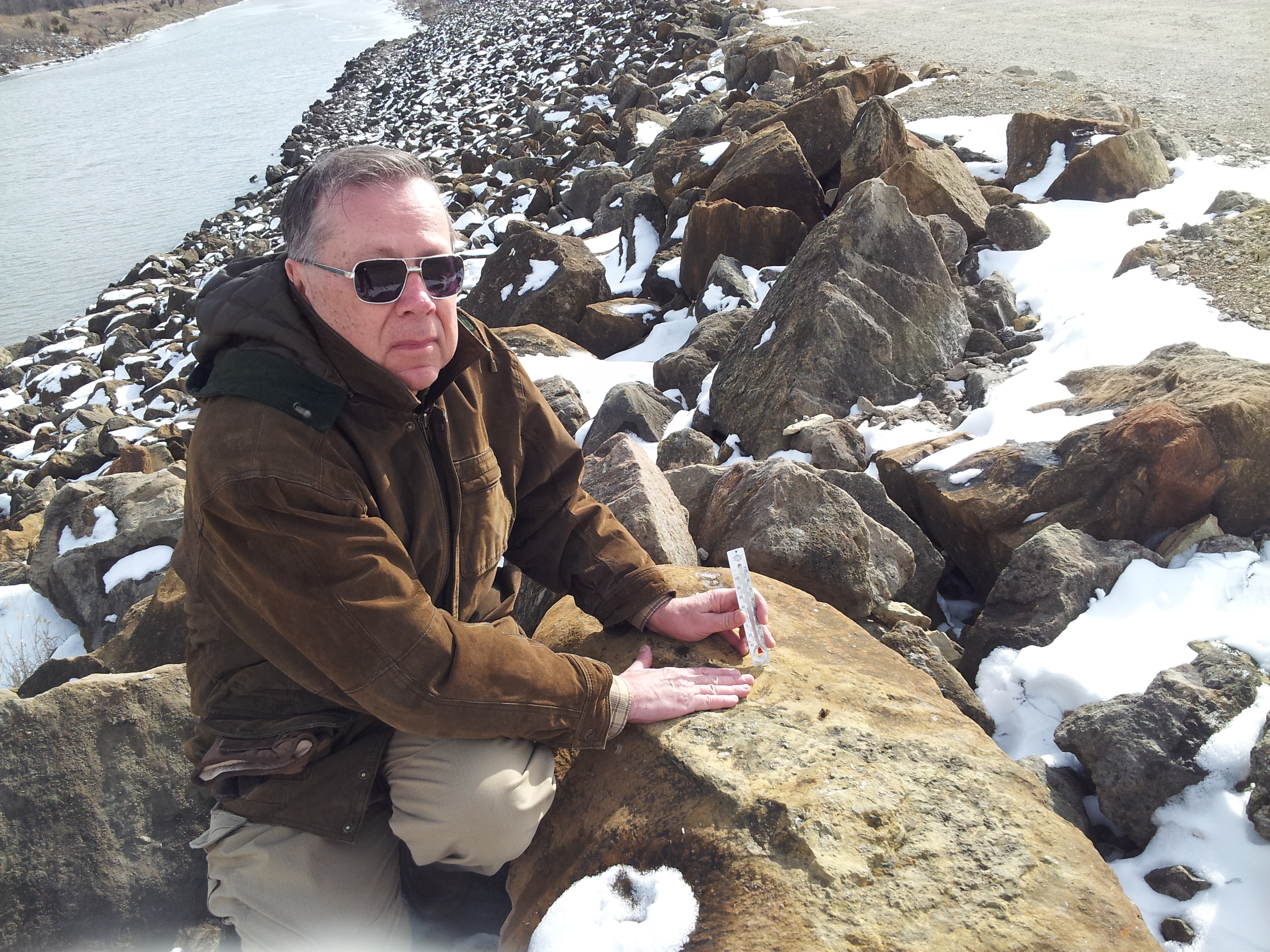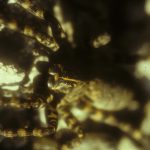
January 27, 2017
Legislative Highlight: KPERS
On Thursday, January 19th, Alan Conroy, Executive Director of the Kansas Public Employees Retirement System (KPERS), made a presentation to the House Appropriations Committee. Conroy’s presentation consisted of an overview of KPERs, the Governor’s Budget Proposal, and the Triennial Experience Study. Conroy first discussed the 2012 legislation which increased employer contributions as well as the change in 2015 which saw employer contributions reduced and the issuance of 1 billion dollars in bonds.
Conroy also analyzed the Governor’s recommendations for KPERs, which includes not repaying the last quarter of Fiscal Year 2016 to freezing contribution levels for FY 2017, 2018, 2019 which lowers the contributions by $596 million over the 3-year period. Conroy discussed that these changes increase the amortization schedule by 10 years and that the unfunded actuarial liability would last till 2043. Conroy also noted that these changes would have no impact on current retirees or active employees as their contributions are statutorily set.
The School Finance Formula
In the fall of 2016, I asked the School Districts in the 109th Kansas House District to contact me and communicate their concerns in regards to the new state education spending formula. Many school districts have responded and had some areas of agreement. Many contended that the school funding formula prior to the block grant program is the best template for future school funding. Other ideas include that education spending needs funding predictability, and education needs to have local control. I will keep these concerns in mind when representing the 109th district in my work as the Appropriations Chairman. The K-12 education committee, chaired by Larry Campbell, will be holding hearings in the upcoming weeks regarding the new finance formula.
Livestreaming
The 2016 Legislature has authorized the expansion of livestreaming to committee rooms in the statehouse. Previously, only the Old Supreme Court Room could perform live streaming. During the 2017 session, several rooms now have livestreaming so that Kansans can listen to live committee meetings at the Capitol. To listen in live, go to the Kansas Legislature’s website committee tab: http://kslegislature.org/li/b2017_18/committees/ and click the specific committee you are interested in listening to. Later in the Session, around late February or early March, additional rooms will be added. Financing for the livestreaming project has been made possible from grants from the Information Network of Kansas (INK) Board.
Contact Information
As always, if you have any concerns, feel free to contact me (785) 296-7672, visit www.troywaymaster.com or email me at [email protected].
Also, if you happen to visit the statehouse, please let my office know and we can arrange a tour of the Kansas Statehouse.
It is a distinct honor to serve as your representative for the 109th Kansas House District and the state of Kansas. Please do not hesitate to contact me with your thoughts, concerns, and questions. I always appreciate hearing from the residents of the 109th House District and others from the state of Kansas, as well.
Troy L. Waymaster, (R-Bunker Hill) is the 109th Dist. State Representative and chairman of the House Appropriations Committee.
